CRS-Application
Seamlessly Manage Student Course Registrations and More with CRS-Application
Angular
TypeScript
Spring Boot
MySQL

CRS Application
Customer Registration System - CRS is an open-source Customer Registration System designed to manage student registrations, grading, fee payments, course managements, and dashboards for professors, admin, and students. It is made in Angular + Typescript + Javascript + RxJS + MVC design patterns.
Features
- Manage student registrations
- Handle grading and fee payments
- Dashboards for admin, professors, and students
- Uses Singleton Pattern, Factory Pattern, Command Pattern
Installation
- Clone this repository using git:
git clone https://github.com/himanshu12345yadav/CRS-Application.git -
Import the project into STS software.
-
Import the database schema into MySQL.
-
Update the
application.propertiesfile with your MySQL database configuration. -
Run the project using STS software console which will start the Apache Tomcat server.
Architecture

- Frontend - Angular
The frontend of the CRS application is built using Angular, Typescript, JavaScript, and RxJS. Angular is a powerful framework that allows for the creation of dynamic and responsive user interfaces. TypeScript provides static typing and enhanced features to write clean and maintainable code. JavaScript and RxJS are used for handling asynchronous operations and reactive programming, making the application more efficient and responsive.
- Backend - Spring Boot
The backend of the CRS application is developed using Spring Boot, a popular Java-based framework for building enterprise-level applications. Spring Boot provides a robust and scalable infrastructure to handle various components of the application, including data access, security, and business logic.
- Database - Mysql
The Data Access Layer is responsible for managing the interaction between the application and the database. It includes the repository classes, which provide an abstraction over the database operations. These classes use Spring Data JPA to interact with the MySQL database and perform CRUD (Create, Read, Update, Delete) operations on the data.
License
This project is licensed under the terms of the MIT license.